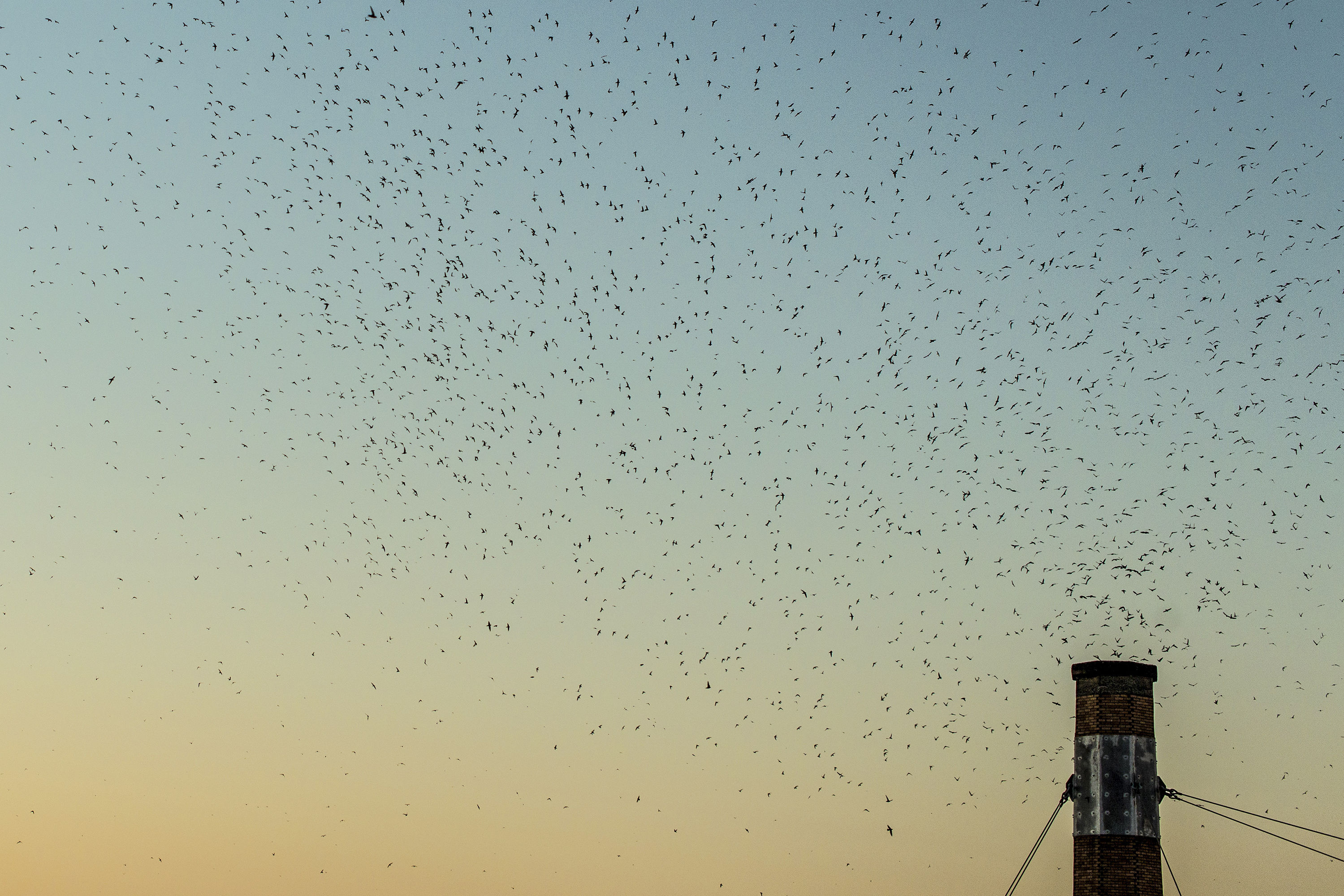Does Oregon Have a Cougar Problem?

Diana Bober would often lace up her sneakers and grab an orange rain jacket before leaving behind the commotion of the workweek to explore the national forests flanking Portland’s metro area. The 55-year-old was self-employed and free to abandon her Gresham home for the wilderness while many of her peers commuted to salaried jobs. Before it burned, she’d drive to the Columbia River Gorge. Later, she’d point her Mazda Miata toward Mount Hood.
That’s where she went on August 29, 2018, climbing the Hunchback Trail through Douglas firs toward rocky overlooks. Sometimes when she hiked, she’d Skype her older sister, Alison, in Virginia. They’d talk about politics, the news, their lives.
“It would be like walking along the trail with her,” Alison says. Diana didn’t call that morning. But a friend rang several days later, after Diana didn’t get in touch as expected. Soon, Diana’s car was discovered at the trailhead. And then her body was found. The next day, on September 11, the Clackamas County Sheriff’s Office released her cause of death. A cougar had killed her—the first recorded fatal attack in the Oregon wild.
The Beaver State is home to approximately 6,600 cougars, including juveniles and kittens, according to the Oregon Department of Fish and Wildlife. As of 2017, about 1,200 of the cats were estimated to be living in the region where Bober died, an area encompassing much of northwest Oregon, Portland, and the coast.
No state really has a good handle on how many cougars prowl within its borders, though, says David Stoner, a biologist who studies the animals at Utah State University. Unlike, say, elk, cougars are reclusive, solitary creatures, and it’s not easy to get accurate population estimates.
Cougar numbers once dwindled in North America amid predator control programs—fewer than 200 were estimated in Oregon in the 1960s—but by the early 2000s, publications including National Geographic and the New York Times were declaring a comeback for the cat once beleaguered by bounties. As cougar populations expanded, there were increasing reports of sightings in midwestern states. In Boulder, Colorado, last summer, one cougar managed to get into a house, slinking around for more than an hour and killing the family cat before officers scared it outside.
Back in the Pacific Northwest, in the wake of Bober’s death—and another recent fatality in Washington after a cougar attacked two bicyclists about 30 miles east of Seattle—the question of cougar management is getting renewed attention, and in time for the legislative session.
In Oregon, cougars are game animals, which means there are hunting seasons and limits on how many cougars can be killed. In the area encompassing the coast and Portland, the quota is 180, which in 2018 was reached in November, closing the season through the end of the year. Residents don’t need a permit to kill a cougar if it’s threatening public safety or livestock. A cougar killing pets is one such public safety concern, as is a cougar repeatedly seen in residential areas during the daytime. Fish and Wildlife agents or volunteers for the agency can use traps or hounds to target a problem cougar, but since voters approved Measure 18 in 1994, using dogs to hunt cougars for sport has been illegal.
State Sen. Bill Hansell, whose district stretches from The Dalles to Oregon’s northeastern corner, believes Measure 18 took away an important management tool, and that the cougar population ballooned because hunters were hobbled without being able to use hounds. Cougar cubs are increasingly pushed toward the wilderness-urban interface, he says, and a “number of people” have encouraged the Republican from Athena (population 1,137) to introduce legislation that would let counties decide whether to allow hound hunting. “If this tragic death helps focus on that in a way that we haven’t before,” he says, “then I think my colleagues are certainly willing to have another look at this.”
Meanwhile, Scott Beckstead, the rural affairs director for the Humane Society who helped craft the measure in the early ’90s, disagrees.
“Houndsmen and the trophy hunters and their allies in the legislature are cynically using the death of the hiker on Mount Hood to gin up public fear to justify subjecting the entire Oregon cougar population to be hunted with dogs for sport,” he says. “That flies in the face of Oregon’s humane values.”
Fatal cougar attacks are rare. “I think it’s safe to say it’s not part of a trend,” says biologist Stoner of the recent deaths. “Humans and mountain lions have been living amongst each other for hundreds of years.” He recognizes that violent encounters with cougars create anxiety, and can lead to calls for action. But, says Stoner, “hounds, no hounds, hunting, not hunting—none of this stuff has really been linked to increases or decreases of human safety. Ultimately we don’t have a lot of control over the behavior of [cougars], or know which individuals are problem animals.”
In September, authorities killed the cougar they believe was responsible for Diana Bober’s death. Diana would have hated that, says Alison Bober, but she would’ve understood the animal was a liability. Still, Diana loved the wilderness. Her sister says she’s sure Diana wouldn’t have wanted her death used to rewrite management policies.
Alison heard that some people raised the incident during a town hall about cougars in Sweet Home in November, but she understands it’s something Oregonians will have to grapple with—along with livestock losses and other concerns. She had been in Oregon that day to clean out her sister’s apartment, but she didn’t go to the town hall. Instead, she and her mother met some of Diana’s friends at a Mexican restaurant in Gresham. They ordered margaritas and toasted her sister.




